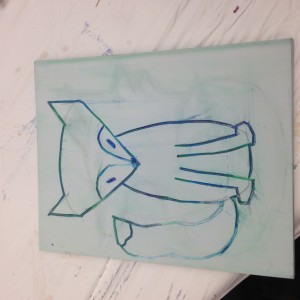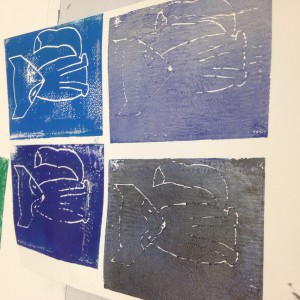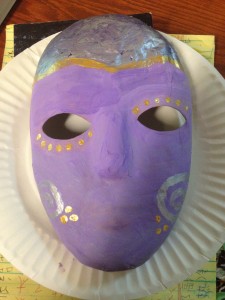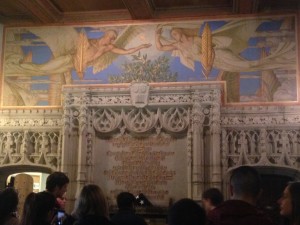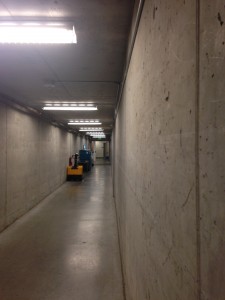Studio Thursday at the Johnson is always a fun and interesting night. This week we made linoleum prints, which involves sketching a design, carving the design on the linoleum block, and then painting over it and stamping it on a piece of paper. Now, I’m not the most crafty person, but this seemed simple enough for me. I started off fine; sketching a fox as my subject. However, when it came time to carve is when things got dicey. You have to press pretty hard to carve the linoleum, which makes it extremely difficult to stop exactly where you want to. And, as the instructors kept reminding us, once you carve there’s no going back. After some practice and a few minor mistakes I was finally satisfied with the final product. Below are some pictures of my block and a few of the prints I did.
I highly recommend everyone go to studio Thursday at the Johnson, even if, like me, you don’t think you have any artistic talent. It’s really easy and the instructors are very friendly and willing to help!

